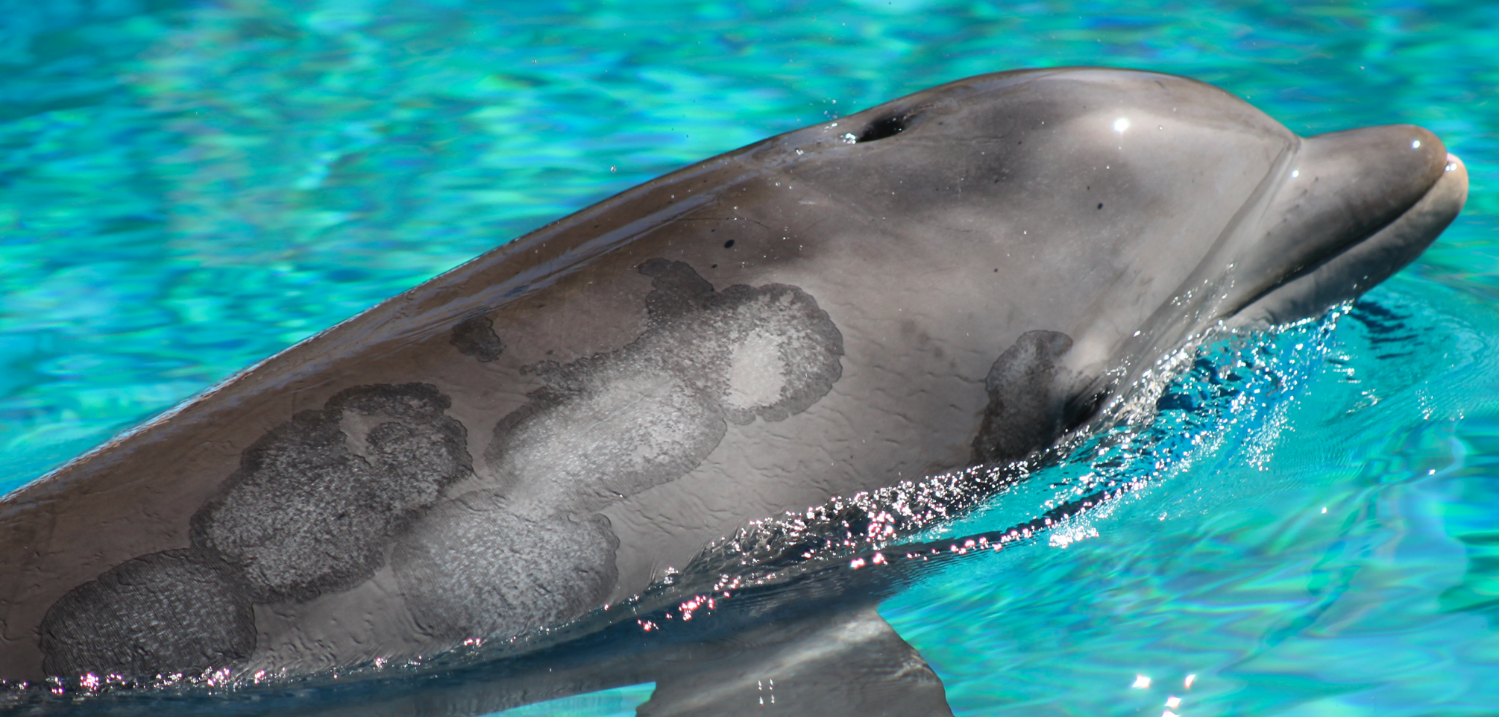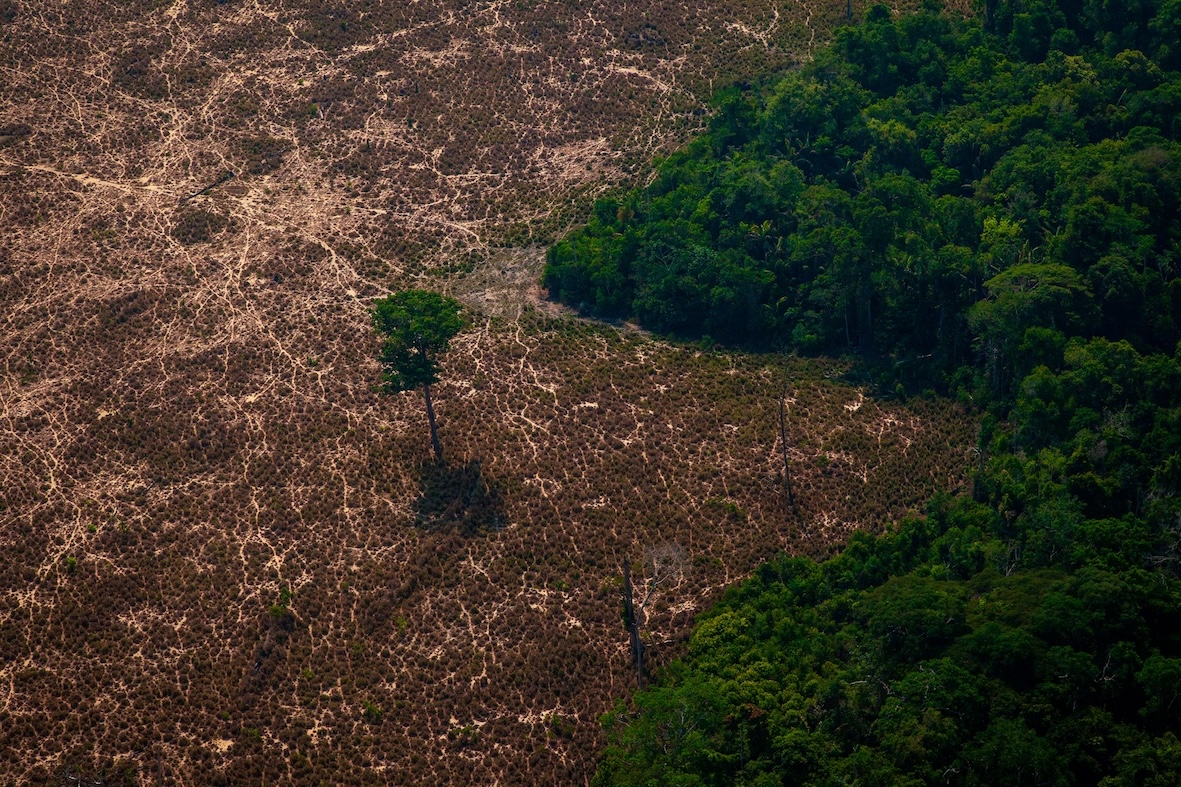- DEN Enews
- Posts
- DEN Enews
DEN Enews
Thirteenth Week after Pentecost

Welcome to the Enews for August 20th/2024


Hope & Action begins with Prayer.
You are Invited to a Celebration of God Our Creator and All of Creation
Season of Creation is a global ecumenical moment of prayer and action for creation, celebrated from September 1 to October 4.
During this time, communities around the world come together to celebrate God, the Creator and reflect on the importance of caring for the planet and taking concrete action for its conservation.
DEN is offering the opportunity, beginning September 2, for 5 weeks of prayer and reflection Monday evenings 7:00 – 8:00 ADT on Zoom.
Meeting ID: 846 6310 9087
Passcode: 388173
Why not come and join us? Make the commitment for 5 weeks to pray and reflect with others on the responsibility we have to care for the whole of Creation.
We look forward to seeing you there!


Event RSVP: Event RSVP Environmental Justice Strategy Act (Bill C-226): Celebrating a Milestone & Next Steps (google.com)

From their website: For the Love of Creation is a national initiative that brings together faith bodies and faith-based organizations in Canada under a unified banner to mobilize education, reflection, action and advocacy for climate justice.
This national initiative was launched in 2020 to mark the 50th anniversary of Earth Day. They are currently undergoing an identity discernment process towards the future and are seeking the input of interested parties. Please consider filling out the survey found at this link below:
There are lots of things happening with this group and details can be found in the link above. Of particular note is the following:
Don’t forget to send in your comments on 16 new/expanded Protected Areas!
The province of Nova Scotia announced 16 new and expanded Protected Areas on July 19, 2024. This is the first of what will be many announcements of new and expanded Protected Areas in order to reach the 20% by 2030 target. Save Our Old Forests encourages all of our followers and supporters to get involved in the process and share your thoughts on the proposed Protected Areas by September 20, 2024. You can also voice your support for a protected area in your county such as Goldsmith Lake Wilderness Area in Annapolis County, or the Chain Lakes Wilderness Area in Kings County!
Please complete the survey here: https://www.novascotia.ca/nse/protectedareas
____________________________________________________________________
While we have your attention on forests, please read this excerpt from an article by Joan Baxter in the Examiner. Thank you to Nina Newington who posted on the Facebook page https://www.facebook.com/groups/1028161757303350
Joan Baxter writes about the new spray season in the Halifax Examiner. As we have ever fewer sources of news, please subscribe if you can. Here is the beginning of the article:
‘As is its habit at this time of year, Nova Scotia Environment and Climate Change (NSECC) has once again issued permits for the aerial spraying of woodlands in Nova Scotia with herbicides laced with glyphosate, identified by the World Health Organization as “probably carcinogenic to humans.”
This year’s permits, issued to New Brunswick-based J.D. Irving and ARF Enterprises Ltd of Tatamagouche, allow for the aerial spraying of 1,837 hectares (4,539 acres) of private woodlands in six counties – Cumberland, Colchester, Hants, Queens, Annapolis, and Kings.
This is an increase of 422 hectares (1,043 acres) over spray approvals for 2023.
The NSECC press release says the proposed time frame for the spraying is between August 15 and October 31, 2024.
These approvals do not include the multi-year permits issued to CN and Nova Scotia Power for spraying along rail and power lines. Rather, they are for “forestry purposes,” and details of the spraying permits are available here.
Glyphosate spraying of woodlands has developed as part of industrial forestry regimes that involve clearcutting, followed by replanting with softwoods or natural regeneration that results in the proliferation of hardwood trees or shrubs the forestry industry and its allies inside governments describe as “unwanted vegetation” or “weed” species, as if woodlands should be monocultures like industrial corn fields, rather than incredibly complex and intricate ecosystems.’

with thanks to Eva Evans & Jesse Hamilton
Drinking water and sanitation are globally recognized human rights, and yet in Canada they are not legally enshrined or universally accessed. More than 1 million people in our country do not have access to these basic human rights. We adopted the 2030 Agenda for Sustainable Development in 2015, which does include universal access to clean water and sanitation. Canada also has the opportunity to implement the UNDRIP Act as the main tool of commitment to reconciliation as a national priority. Many co-sponsors support this petition, and we can join in by asking our government to recognize the human rights to drinking water and sanitation in the federal legal framework.
This survey from Parks Canada is open until Friday, August 23rd. Have your say on a proposed Indigenous protected and conserved area, and a potential national park reserve in the Seal River Watershed. This is in northern Manitoba and covers about 50,000 km2, with at least 25 known species at risk. It is home for wolverines, polar bears, grizzly bears, caribou, and populations of harbour seals. The Seal River watershed also contains large wetland areas that act as carbon sinks and are important in offsetting the effects of climate change. There are 4 local First Nations who make up the Seal River Watershed Alliance. This collaboration will support the protection of the watershed as an Indigenous Protected and Conserved Area. Take a few minutes to complete the survey and add your input to a project that could help protect the natural beauty of our country.
Some of Africa’s most magnificent elephants are in danger and need global support for survival. The Amboseli elephants have been studied for years and are an amazing part of our planet. A recent discovery showed they have names for one another. This makes them the first non-human animal known to do so without imitation! The male elephants are called "super tuskers" due to their enormous tusks. The oldest and largest living elephant in the world is a super tusker who is more than 50 years old. These elephants cross freely between Kenya and Tanzania, but now Tanzania is issuing new licenses that allow rich trophy hunters to kill these creatures for sport. Tanzania allowed the shooting of five mature males last hunting season - at least two of them were extremely rare super tuskers. This month, the government will decide whether to issue more hunting permits for the coming season. Indigenous people, scientists, and conservationists are all calling on Tanzania’s President to protect these elephants before it’s too late. Add your name to show citizens around the world stand with them!
Dolphins are highly intelligent, social mammals who belong in the vast ocean, swimming free with their pods. Held in tanks, they literally waste away – depressed and often alone. This is exactly why many travel agencies stopped selling trips to captive dolphin shows. But German travel giant TUI continues to offer multiple “dolphin experiences” across the globe – and enables corporations like SeaWorld to profit off the cruel whale and dolphin captivity. It’s peak travel season in the Northern hemisphere – let’s use this momentum and take our message directly to TUI’s doorsteps: we want vacations without animal torture! There are more than 3,000 captive dolphins worldwide and marine mammal entertainment isa multibillion-dollar industry – which is fuelled by big travel operators like TUI who like to promote the shows as fun, educational and family-friendly. But the truth is: even a generous tank is like a tiny jail cell for dolphins – 200,000 times (!!) smaller than their natural range. Locked in, these highly intelligent and social mammals suffer from depression, obsessive behaviour like swimming in circles, and stress-induced diseases. And more than half of bottlenose dolphins born in captivity don’t survive past one year – a higher mortality rate than in the wild! Please add your name.
One of the world's largest reinsurers, Swiss Re, wants to achieve net zero emissions by 2050 -- while bankrolling deforestation in Brazil. The Swiss insurer has been covering sketchy agribusinesses in Brazil -- its clients have illegally deforested land, own properties overlapping with Indigenous lands, use slave labour or even armed violence to maximize their profits. But we can help put an end to harmful business practices. One of Swiss Re’s key arguments for attracting shareholders is its full commitment to sustainable goals. If we show the world these empty promises, we can pressure it into change. Deforestation is one of Brazil’s primary sources of greenhouse gas emissions. In the last couple of years, different regions of the country have faced massive floods, dreadful droughts, devastating wildfires, and record temperatures… Extreme weather events are set to become the new normal. Livestock farming is the main driver of deforestation in the Amazon, and preserving the world's largest rainforest is considered central to meeting the planet's survival goals. This company is profiting off crimes and working against a future of climate justice. The Ekō community has made other massive insurance companies move. After our pressure, Zurich Insurance Group—with $439.3 billion in assets—has committed to stop insuring new oil and gas extraction projects. Changes are possible, and together, we can make them happen.

with thanks To Claudia Zinck
Seed Saving
It is that time of year to start seed saving for the next spring. For many, this is an unknown area. Grandma considers herself a novice learning more each year.
Are there any seed savers out there who could teach us a lesson? Even if there is one plant from which you save seeds, let us know how.
Shasta Daisies (or daisy-type flowers) are the easiest. When the flower is spent, cut off the seed heads and put them in a paper bag. LABEL THE BAG! Grandma has dumped too many seeds into the wildflower bottle because she didn’t take the time to label it.
Seeds need dry air. This method is not fancy but it works. Use clothes hangers. Three small bags will fit across the bar. Clothes pin the bags to the hanger. Place the hanger in a dry spot you may pass each day, even in the hall closet. Shake the bag occasionally but otherwise forget the seeds for a month.
Nasturtiums make their own seed that looks similar to shelled peas. They often have three or four seeds clumped together that will separate when dry.
Some flowers have what looks like tiny bean pods. Once dry the pods break open to give hundreds of tiny seeds.
Vegetables are a bit different. Peas or beans that haven’t been picked tend to dry. If purposely saving beans for drying you can quicken the process by loosening but not pulling the bean roots from the soil.
My kids waited for the dry bean day. Yes, I did grow a lot, enough to fill a feed bag. It was the kid's job to jump on and throw around that bag full of beans. Some years there was barely a bean left in a pod when they were finished.
Peas can be dried and saved for the next year’s seed.
Carrots and beets are harder to save as they take two growing seasons to set the seed. However, if you find carrots and beets coming up “on their own” come spring try to mark them for seed. They will in time flower and then produce seeds from the flowers
Pepper seeds can be scooped out and dried on paper towels. Allow one of your peppers to get over ripe to get the best seeds.
I am told that tomato seeds can be scooped out of a tomato and put into a bottle of water. Swirl the mixture in the bottle a few times a day. The seeds sink to the bottom. I find it too hard to reach the seeds after carefully scooping off the other gluck. It does work but makes it easy for me to buy tomato seeds.
What seed do you save? Tell us how, please. [email protected]
Gardens
This is the time of year I enjoy my gardens. Things are growing but I am still a week away from the canning and freezing frenzy. Just chilling and enjoying the outdoors. I hope you can do the same.
I could be putting in second crops for the fall but there is too much other work that needs doing this year. I still have so many bottles from last year when newly retired Claudia canned up every bottle she had.
There is a mound garden waiting to become a mound. Even the garden shed needs a new coat of paint. Enclosing a few pics of garden fun and what I learned.
The little red flowers in pots are actually (according to Plant Net) Honeysuckle, growing with my 10-year-old geranium plants. Wonders never cease.
The little lavender flowers to the right are Cosmos. Taught me that I can use them in container gardens
The bottom left is a fish box I set up as a spot to grow baby walnut trees. The trees never grew. I found 3 types of pumpkin seed from 2015, on a shelf in the shed without any heat in winter. Why not see if they are any good? There was a striped green, a mini white pumpkin and a warted orange variety. Never expected to see a shoot. Guess what? They grew. If these get cross-pollinated, (which I expect they will) it is more of a “What have I created?” moment.
Bottom right are clusters of walnuts now frequenting my trees.

Play Tent
This tutorial had easy directions to make a play tent. I don’t agree with the duct tape idea. Although it doesn’t hurt anything, duct tape is expensive and more plastic. A sheet or blanket would do the same and easy to transport even to a beach to give kids a hideaway, I didn’t make one but hope to do so “when time allows” Got a drill – make a quick tent. Three Dowels and 4 pieces of 1 x 3.

Something to eat
Here is a dish I haven’t made for years but Nana had a hunger for it: Tuna Casserole. Now that is a throwback. It was easy to make and strangely enough, was very tasty. Economical too, so give it a try sometime.
Tuna Casserole
1 small pack (or half of a large pack) of egg noodles
1 can cream of mushroom soup
1 cup cheddar cheese
1 can tuna
1 cup of vegetables (whatever is left over or frozen)
Half of a small onion
Cracker crumbs, potato chips or bread crumbs to make it a bit thick.
Cook noodles and empty into a bowl. Add the rest of the ingredients leaving the crumbs till last to thicken the casserole. Put into a small casserole dish and bake 350 for 20-30 minutes. I save back a handful of cheese to sprinkle on top. A side salad goes nicely with this dish.

The Beauty of Nature
O God, we thank you for this earth, our home;
For the wide sky and the blessed sun,
For the salt sea and the running water,
For the everlasting hills
And the never-resting winds,
For trees and the common grass underfoot.
We thank you for our senses
By which we hear the songs of birds,
And see the splendor of the summer fields,
And taste of the autumn fruits,
And rejoice in the feel of the snow,
And smell the breath of the spring.
Grant us a heart wide open to all this beauty;
And save our souls from being so blind
That we pass unseeing
When even the common thorn bush
Is aflame with your glory,
O God our creator,
Who lives and reigns forever and ever.
- Walter Rauschenbusch






